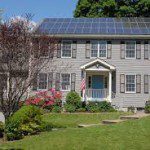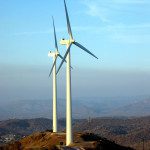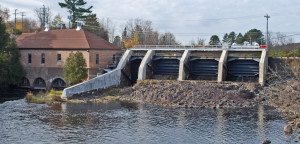Going Solar with a shaded roof
Can’t put solar on your roof without losing trees or blowing up the neighbor’s house? You can support solar, wind, low-impact hyro, and digester gas power without going to those extremes.
At ArtBeat this year, I had a long talk with a fellow from Mass Energy Consumer Alliance who explained that NStar customers can use green energy without changing a thing at home. You pay a few cents more, per KW hour; it’ll add up to $100-200 a year. The extra that you pay is a tax-deductible donation. It pays to develop green power infrastructure in Massachusetts. Here’s a current map of where the energy is coming from.
 Everyone knows what solar power is.
Everyone knows what solar power is.
 Everyone is seeing more windmills popping up along highways and on hilltops.
Everyone is seeing more windmills popping up along highways and on hilltops.
What’s low impact hydro?
It’s waterfall-power generation (like Niagara Falls), but meeting environmental standards. Here is an example of the requirements:
In order to be certified by the Institute, a hydropower facility must meet criteria in the following eight areas:
- river flows,
- water quality,
- fish passage and protection,
- watershed protection
- threatened and endangered species protection,
- cultural resource protection,
- recreation, and
- facilities recommended for removal.
Massachusetts has a history of mill streams and hydro power. Low impact facilities are coming on line here.
What is digester gas power?
Digester gas power is generated when organic matter gets digested by bacteria (rots) and produces methane and carbon dioxide. These gases generate heat that can be used to create power instead of pollution.
 Digester gas power is being used to generate electricity at waste water treatment plants throughout the country. Agriculture can harness it where manure and plant matter are decaying. Mass Energy.org calls this “Cow power.”
Digester gas power is being used to generate electricity at waste water treatment plants throughout the country. Agriculture can harness it where manure and plant matter are decaying. Mass Energy.org calls this “Cow power.”
